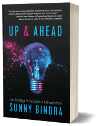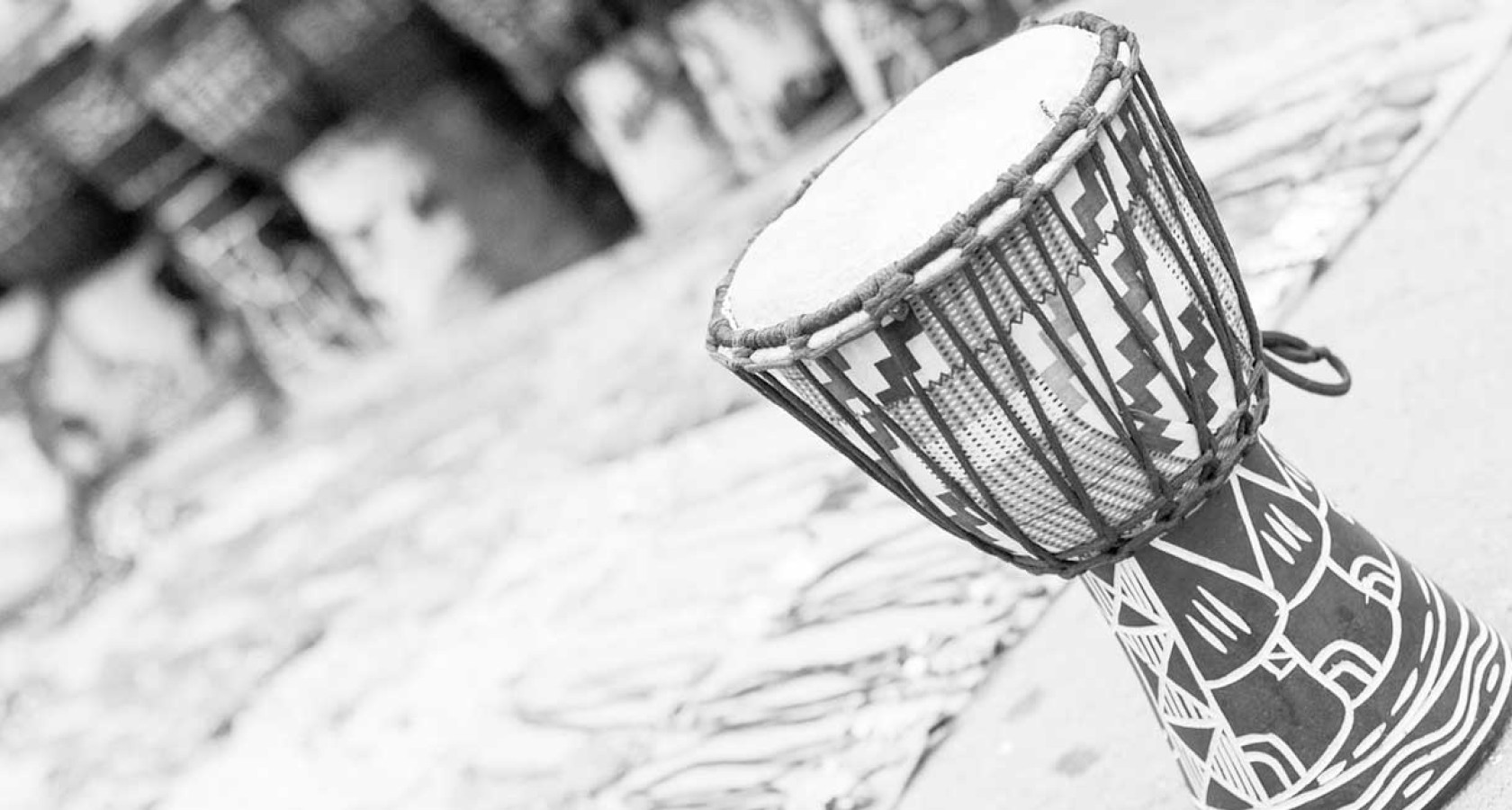What’s your “dead-horse” strategy?

A friend who knows me well sent me a link that he was sure would regale me. His confidence was well-founded. The link took me to www.better-management.org, where I was introduced to the “dead-horse” strategy.
To wit: “The tribal wisdom of the Dakota Indians, passed on from generation to generation, says that when you discover you are riding a dead horse, the best strategy is to dismount.”
The blog went on to describe, however, that rather than dismounting, a whole range of “more advanced” strategies are often deployed by many folks. Now that I’ve stopped laughing, let me share some of the best ones with you. They may or may not feel familiar in a Kenyan context.
Strategy option one: change the rider. This one is indeed done often in these here parts. When a company fails, we attribute it to mismanagement and poor leadership. Unsurprisingly, since mismanagement and poor leadership are often our lot. So we need a charismatic new leader to take over the dead horse and revive it. But remember, folks, if that horse is dead, no one is going to ride it into the sunset, no matter how good a rider. New CEOs would do well to ask themselves: are there any signs of life in this horse? Sadly, many take on the well-paid task of sitting on the dead horse with a new saddle.
Strategy option two: appoint a committee to study the horse. Ah, that perennial Kenyan favourite: the committee-that-reflects-the-diversity-of-Kenya. A collection of luminaries who will pocket eye-watering allowances and hold many long meetings to study a dead horse, finally releasing a 300-page report that confirms the horse is, in fact, dead.
Strategy three is also one of our favourites: arrange a fact-finding visit to other countries to see how others ride a dead horse. Once you’ve wiped the tears of laughter from your eyes, I’ll continue. What is it with us? Why are we so fond of the trips, usually funded by taxpayers or shareholders, to see how other countries do the obvious? I’ve been on one or two trips like that myself in an earlier life. Let’s call them what they are: a jaunt that allows you to sit on planes and see new countries and do some shopping for the family. The horse is dead because you killed it at home. No amount of globe-trotting will help you revive it.
And my final favourite strategy from the blog: buying a stronger whip. This is where you think the horse is still just fine, it just needs better tools to manage it. You go for a new IT system (which will also involve strategy three above); or invest in new state-of-the-art offices to motivate the top people to whip the horse better; or get everyone in the organization to focus on targets or get fired.
More seriously, this is all about sunk costs. The horse is dead. It cost us a lot of money, sure. In organizations and in our personal lives, many of us are unable to let go of something that we’ve invested heavily in, or that we are very fond of. But if the horse is dead, people, dismount and move on before you, too are killed sitting on it.
A second issue is our penchant for focusing on the wrong causes. Most often, the horse is dead because we have killed it – by overworking it; by making it do things it was not able to do; by stealing its food and water. Rather than face up to those mistakes, we engage in all sorts of diversionary tactics. These are expensive and a complete waste of time.
A better way of riding the horse is to keep it well-fed and in good shape; to give it proper attention at the right time; to study it when it begins to falter and learn lessons before it is too late; and to keep proper controls on how the horse is being ridden. That way, we will have fewer dead horses to find bizarre turnaround strategies for.

Buy Sunny Bindra's book
UP & AHEAD
here »















